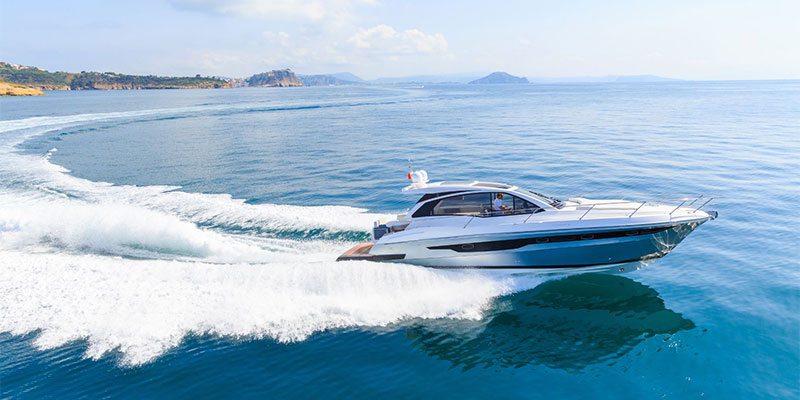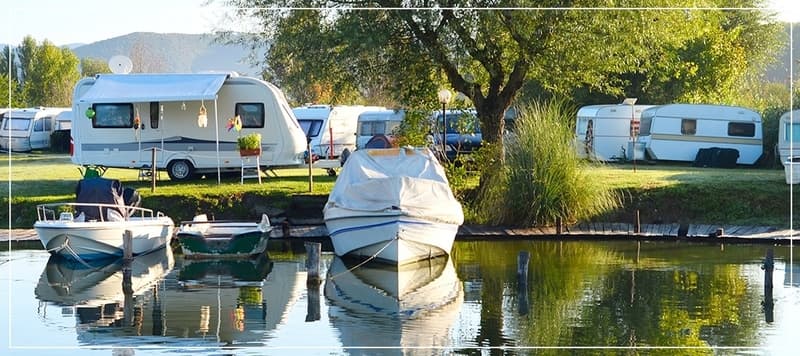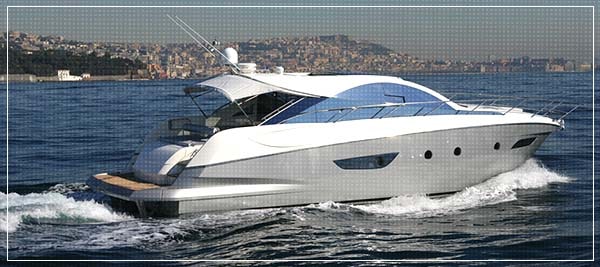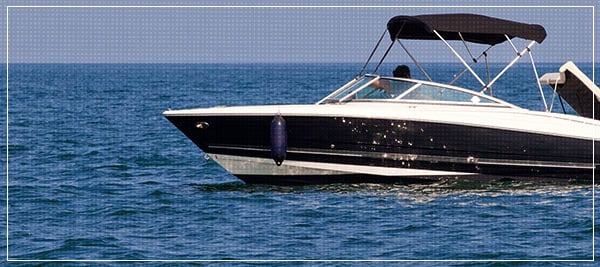You’ve been stuck in your house for too long. We all have!
And your favorite recreational vehicles have waited all winter for you.But don’t push However, don’t push your boat away from the dock and pull your RV out of storage just yet!
You need to check your battery first. Because otherwise, neglected or un-maintained batteries may not power up our summer getaway vehicles and toys.
So no matter which vehicle you’re jumping into once the warm weather hits, use these tips to make sure that long winter storage didn’t zap your deep cycle batteries of their energy -- or sap away your summer fun.
Check how your batteries were stored
Stored deep cycle and AGM batteries should:
- Have had the negative cable disconnected or been completely removed from the equipment. Store the battery either in a boathouse or at home.
- Be stored at a full charge. If they are left discharged for a long time, deposits of lead sulfate will collect on the plates, damaging the battery.
- Be stored in moderate temperatures; not extremely hot or cold (cool, but not below freezing). While this isn’t as important for AGM batteries, extreme temps can cause the liquid inside the battery to either freeze or evaporate.
- Be charged about once a month while in storage. Newer batteries can be left longer.
- Be stored with a full charge
- Be topped off with distilled water before storing and after pulling from storage
Inspection
When batteries are pulled from storage, inspect the:
- Battery covers
- Vent caps
- Terminals / Ports
- Cables
These should be kept:
- Clean
- Dry
- Free of corrosion
If corrosion is on the ports, you'll see a greenish hue. This corrosion can be cleaned with a wire brush and a biodegradable cleaner-neutralizer solution.
Check the cable and connections at the port. They should:
- Be tightly connected
- Be completely intact
- Have no frayed or exposed wires.
Watering
When you remove the battery from storage, it will need to be charged again. After charging, you will most likely need to add more water to flooded batteries (this does not apply to AGM batteries). You need to be careful of both over watering and under watering the battery.
How high should your batteries’ water level be?
The water level should be just above the plates but no higher than the battery cover vent well. When watering, use only distilled water and only water once the battery has been completely charged.
Finally, get outside
After a complete inspection and charge, your deep cycle flooded or AGM batteries will be ready to power your favorite summer activities!












